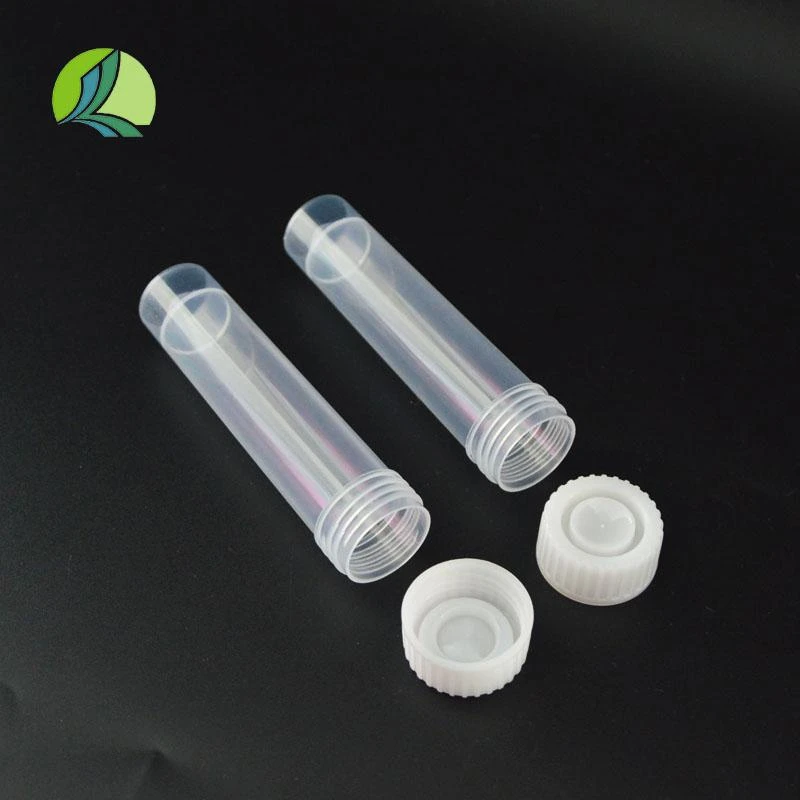Clear Reagent Bottle for Easy Identification and Efficient Laboratory Use
The Versatility of Transparent Reagent Bottles in Laboratories
In the world of science, precision and clarity are paramount. Among the many tools that scientists and researchers rely on, the transparent reagent bottle stands out as an essential item in laboratory settings. These bottles, typically made from materials such as glass or clear plastic, allow for easy identification of contents, precise measurement, and effective storage of various chemical solutions and reagents.
Structure and Design
Transparent reagent bottles are engineered with both functionality and safety in mind. Their clear structure allows for quick visual inspection of the contents, enabling researchers to ascertain the volume remaining and the chemical's overall appearance. Many bottles are designed with graduated markings, which enhance the convenience of measuring exact quantities, essential for experiments that require precision. Some bottles come equipped with secure screw caps or dropper tops, ensuring that the contents remain uncontaminated and that hazardous chemicals are safely contained.
The materials used to manufacture these bottles also play an important role. Glass reagent bottles are particularly valued for their resistance to chemical reactions, ensuring that even the most reactive substances can be safely stored. On the other hand, plastic reagent bottles offer durability and a lighter weight, making them easier to handle, especially in high-throughput laboratories. The choice between glass and plastic depends on the specific requirements of the experiment and the properties of the chemicals being stored.
Applications in the Laboratory
Transparent reagent bottles are used across various fields of science, including chemistry, biology, and environmental science. In chemistry labs, they hold solvents, acids, bases, and various reagents required for chemical reactions. The ability to visually monitor the contents is crucial, especially when dealing with hazardous materials. Researchers can quickly identify whether a bottle is empty or if there is a need for replenishment without having to open it, thus minimizing exposure to potentially dangerous substances.
transparent reagent bottle

In biological research, transparent reagent bottles are often used to store buffers, media, and other biochemical solutions. The clear design helps laboratory technicians ensure that solutions remain uncontaminated and maintain their integrity over time. Additionally, transparent bottles facilitate experiments where color changes are indicators of reaction success or pH level, allowing scientists to make accurate assessments.
Environmental science and fieldwork also benefit from the use of transparent reagent bottles. Collecting water or soil samples in clear containers enables researchers to assess the purity of samples visually. These bottles can also be labeled for easy tracking of samples over time and circumstances surrounding their collection, ensuring that data remains accurate.
Maintenance and Best Practices
Proper maintenance of transparent reagent bottles is vital to ensure their longevity and effectiveness. Before storing any chemical in these bottles, it is essential to thoroughly clean and rinse them to prevent contamination. Labeling the bottles clearly is another best practice, as it prevents mix-ups and ensures that the correct reagent is used during experiments. Using waterproof labels allows for long-term identification even in wet conditions, making it easier to track reagent usage.
Moreover, storing these bottles correctly is crucial. They should be kept upright and away from direct sunlight or excessive heat, which can degrade some chemicals and alter their properties. For volatile substances, it is often recommended to use specialized storage cabinets to ensure safety.
Conclusion
Transparent reagent bottles are much more than simple containers—they are indispensable tools in the scientific community. Their unique design, practical applications, and integrity ensure that they play a vital role in advancing research and experimentation. By providing a clear view of their contents and facilitating accurate measurements, they support scientists in their quest for knowledge and innovation. As laboratory practices continue to evolve, the significance of transparent reagent bottles remains steadfast, symbolizing clarity, precision, and reliability in scientific research.
-
Aesthetic Makeup Spray Bottles | Fine Mist Empty RefillableNewsAug.19,2025
-
White Plastic Veterinary Vaccine Vials | Lab Liquid BottlesNewsAug.18,2025
-
Plastic Medicine Liquid Bottle: Secure Flip Top Drug VialsNewsAug.17,2025
-
Durable 250ml Blue Plastic Vaccine Vial for Lab & Vet UseNewsAug.16,2025
-
Sterile Virus Sample Tubes: Secure & Reliable Specimen CollectionNewsAug.15,2025
-
White 250ml Plastic Vaccine Vial for Lab & Vet MedicineNewsAug.14,2025
























